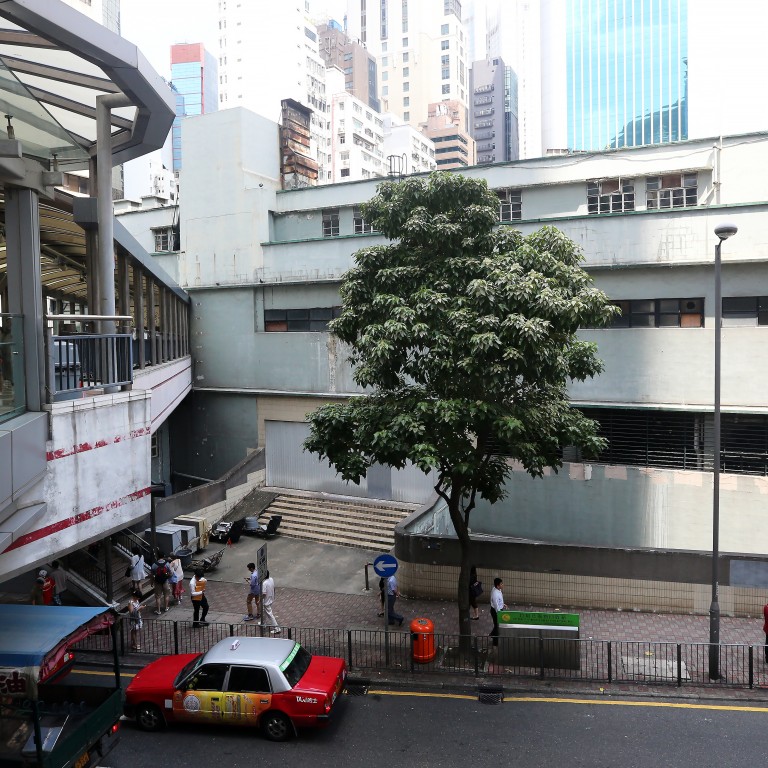
Hong Kong's iconic Central Market must be revitalised despite the cost
Heritage conservation in Hong Kong is easier said than done. Even when there is a clear public consensus and healthy finance, there is a still a limit to how much we are willing to pay to preserve our past for future generations.
Heritage conservation in Hong Kong is easier said than done. Even when there is a clear public consensus and healthy finance, there is a still a limit to how much we are willing to pay to preserve our past for future generations. The Central Market renovation is a case in point. After years of wrangling, the latest bad news is that the project has to be substantially scaled down because of cost overruns and structural issues. Instead of turning it into an "urban floating oasis", the Urban Renewal Authority has opted for a simple facelift for the 76-year-old wet market.
Cost is certainly an important factor. Having been held up by legal challenges for years, the project would have cost HK$1.5 billion instead of HK$500 million. There are those who insist that the original concept was endorsed after extensive public consultation and the authority should spend what it takes to deliver what was promised. After all, the authority has recorded a healthy recurrent surplus of HK$1.1 billion in the past fiscal year.
But the reality is that despite a growing consciousness, the priority given to heritage conservation remains low. Given the extra cost and the structural issues involved, the authority is not wrong in opting for a HK$600 million design. The revised proposal keeps the public space at 1,000 square metres. As long as it serves the purpose, a simplified version is acceptable.
The three-storey Bauhaus architectural style structure would have been flattened for office development if there had not been an awakening consciousness for conservation. Hopes were high that the revamp could provide much-needed open space and cultural facilities in the heart of a concrete jungle. Sadly, the block has been abandoned for 12 years. The revised proposal means the opening has to be put back from 2017 to 2020. Instead of a showpiece of heritage conservation, it has become a testimony to inefficiency and wastefulness.
The authority should speed up the project and deliver it in a cost-effective manner lest it gives the public the impression that the city has no appetite for heritage revitalisation.

